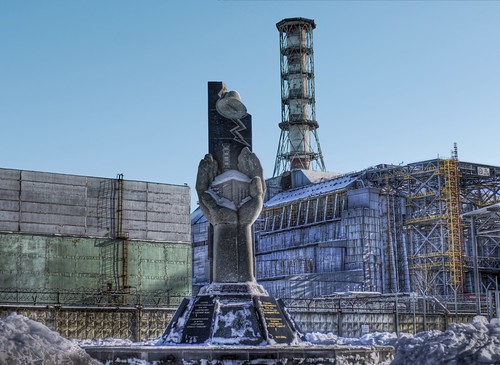 ...hope springs eternal in Liberal hearts. In Tuesday's joint partyroom meeting, Julie Bishop pointed out that "19 out of 20" G20 countries are pursuing nuclear power.
...hope springs eternal in Liberal hearts. In Tuesday's joint partyroom meeting, Julie Bishop pointed out that "19 out of 20" G20 countries are pursuing nuclear power. Today, let's consider whether the rest of the world is going nuclear in the way that proponents suggest.More from the BigGav on energy
First, some bald numbers taken from the German Government-commissioned World Nuclear Industry Status Report from August this year.
There are currently 435 reactors operating worldwide, nine less than in 2002. There are 52 reactors listed as "under construction" (more on that later), down from a peak in 1979 of 233 and 120 in 1987. No new plants were connected anywhere in 2008. The last plant to come online was the Romanian plant Cernavoda-2, which took 24 years to build. Reactors now provide slightly less power worldwide than they did two years ago.
By way of context, the 2 GW of nuclear power connected in 2006-07 was equal to one tenth of the wind power installed globally in 2007. More than double the amount of wind power was installed in the U.S. alone in 2007.
Clearly the nuclear industry is yet to begin recovering from the slump in reactor building worldwide after its peak in the mid-1980s.
That poses two problems for any "nuclear renaissance" and its capacity to provide a legitimate, timely response to climate change...
It's not radioactivity or scare campaigns that are the nuclear industry's biggest problem, it's the maths. The numbers show that for decades to come, it will offer less and less of a solution to climate change, and it simply takes too long and costs too much to develop
Also from TOD: The Coming Nuclear Crisis
Perhaps the most worrying problem is the misconception that uranium is plentiful. The world's nuclear plants today eat through some 65,000 tons of uranium each year. Of this, the mining industry supplies about 40,000 tons. The rest comes from secondary sources such as civilian and military stockpiles, reprocessed fuel and re-enriched uranium. "But without access to the military stocks, the civilian western uranium stocks will be exhausted by 2013, concludes Dittmar.It's not clear how the shortfall can be made up since nobody seems to know where the mining industry can look for more.